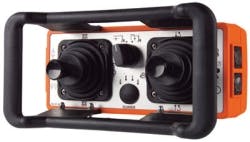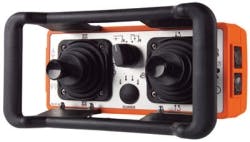New underwater chemical injection valve
The new Roxar subsea chemical injection valve (high flow) promises total control over the injection of hydrate inhibitors.
The valve provides operators with control over the flow and chemical dosage rates of hydrate inhibitors, such as monoethylene glycol.
Features include:
• Operation at pressure of as much as 10,000 psi and depth as deep as 3,000 m. It is qualified to operate within a contaminating fluid environment, such as sand particles, without any need for subsea filtration. It also has no moving parts, except when adjusting flow rates, resulting in a longer life cycle. The valve can be retrieved by a remotely operated underwater vehicle without requiring special tools and will stay in position and continue to provide a constant injection rate. This gives the operator time to prepare for interventions without interrupting production. The injection valve has no choke points that can lead to clogging.
• Flow measurement accuracy at constant viscosity and temperature of better than ±5% and better than ±1% with the turbine meter version.
• Light weight (less than 60 kg in water and 150 kg in total weight), low power consumption, and uses standard communication protocols.
Source: Emerson Process Management, Box 4100, St. Louis, MO 63136.
Radio control system upgraded
The redesigned eco radio control system with expanded functionality can be used for controlling cranes and other machinery.
The smallest model among the joystick controllers from this firm is suited for a range of uses. In addition to traditional applications for self-erecting cranes, truck-based loading cranes, industrial cranes, and other lifting and conveying-related plants, the transmitter is now being deployed for customer-specific individual projects.
This fully redesigned version features a new housing made of PA6GF30 plastic that provides protection from damage in tough daily use. In addition, the redesigned eco comes with a vibration alarm as standard. This function informs the operator of critical statuses on the machine as well as faults and potential hazards via a detectable vibration on the transmitter.
Source: HBC-radiometric Inc., 1017 Petersburg Rd., Hebron, KY 41048.
More Oil & Gas Journal Current Issue Articles
More Oil & Gas Journal Archives Issue Articles
View Oil and Gas Articles on PennEnergy.com



